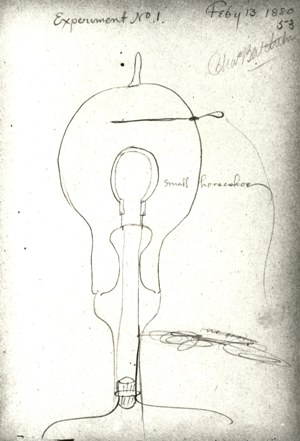
In making any product or feature, you have three volume knobs you can control:
- How much to invest in envisioning (e.g. research, requirements)?
- How much to invest in features (e.g. feature rich, feature sparse)?
- How much to invest in invest in build (e.g. design, including extensibility, scalability, maintainability)?
Since the result of your investment in these three volume knobs cannot be pre-determined, your goal is to achieve the greatest possible outcome with the minimum possible investment.
If your MVF fails to achieve adoption and you made a heavy investment in the envisioning and/or build, you failed. Cost to your business: high.
If your MVF fails to achieve adoption and you made a moderate investment in the envisioning and/or build, you failed. Cost to your business: medium.
If your MVF fails to achieve adoption and you made a minimal investment in the envisioning and/or build, you failed. Cost to your business: low.
Success results not from brilliance and/or good luck, but repeated and controlled failure in the presence of data. The fastest way to limit your ability to acquire the data / lessons required for success? Overinvest in your MVF.
Thomas Edison said: “I have not failed. I’ve just found 10,000 ways that don’t work.” If Edison had spent a year envisioning and building the perfect platinum filament, we’d likely be crediting some other inventor with the first commercially viable light bulb.
You can always iteratively enhance your highly used feature to be great. But you can never recover the lost time for building a well implemented and unused feature.
Related Posts: Software Development: Adjusting Execution To Need, Finding the Minimum Viable Feature (MVF)
